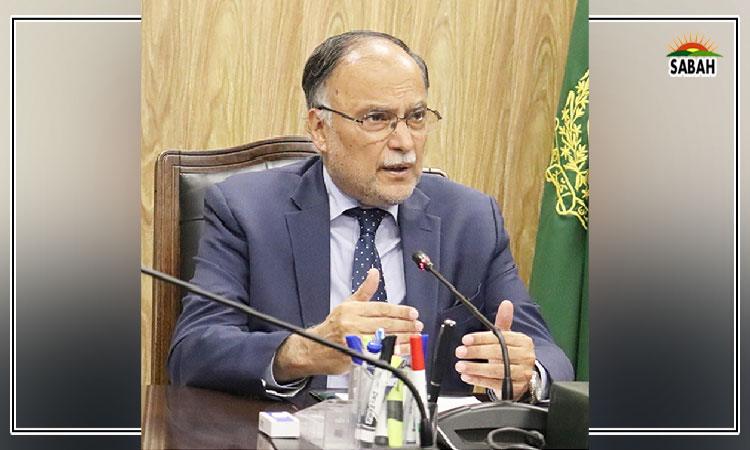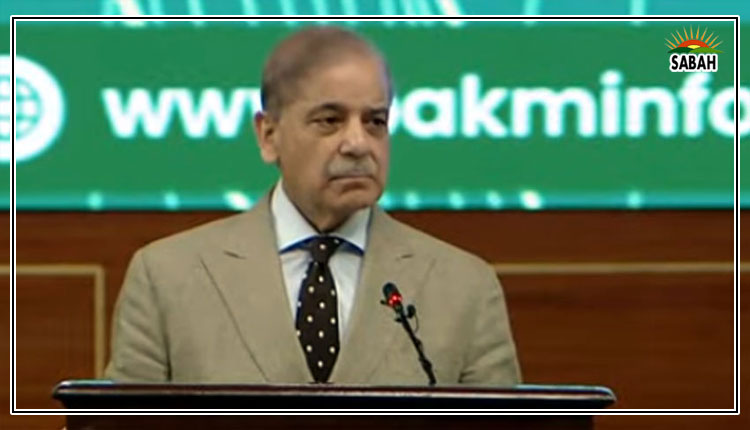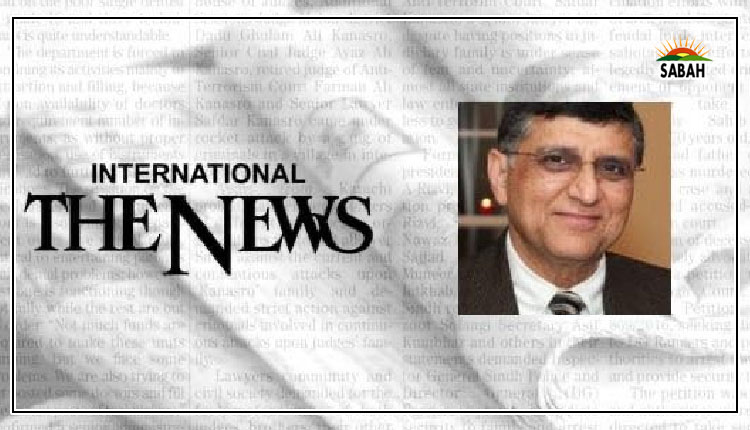American economy…S Qaisar Shareef
In the spring of 2020, with the onset of a global pandemic, the US economy suffered a severe shock along with the economies of much of the industrial West. The stock market experienced a rapid collapse and tens of millions of jobs were lost within months.
The US government under former president Trump, followed by the Biden administration, feared the worst and spent trillions of dollars stimulating the economy, supporting both businesses as well as households. Surprisingly, the economy and the stock market recovered rapidly and within a few years all the jobs that were lost were recovered.
For the past couple of years, the economy has been steadily growing, and economic losses from the pandemic are far behind. However, the country has continued to be on what may be called a recession watch. Economists of all stripes, as well as business leaders have been predicting that the American economy will fall into a recession at any time, that the economy, having rebounded so well from the pandemic, will start to shrink again. Despite such predictions, the resilience of the US economy has confounded all prognosticators.
A recent analysis published by The Economist magazine has shown that not only has the US economy continued to grow consistently, over the past several decades it has rapidly outpaced all other industrial economies of the West as well as Japan. The US now accounts for 25 per cent of the global GDP.
It appears neither inflation, nor rising interest rates to tame inflation, have slowed down the US economy in any meaningful way. However, there are other dark clouds that are starting to appear on the horizon. American economic outperformance is a marvel to behold, and to squander, reads a headline in The Economist.
There are many factors that are credited with providing the engine of growth for the US economy. Among them, a permissive business environment, demographic advantage of a younger population, and social dynamism. For example, unlike Western Europe, working-age people are very willing to move to other areas within the country where better jobs may be available. On the other hand, there are factors that could prove to be detractors from economic growth. Among them growing income inequality in the US, and resistance to providing a social safety net for its lowest income citizens.
The toughest of these is a hyper partisan political climate that often precludes stakeholders from coming together and working constructively to solve emerging economic issues. Too often the priorities of the two political parties follow extreme ideological agendas instead of agreeing on carefully thought through economic policies.
A currently looming crisis is about the borrowing limit the US government must adhere to, as mandated by law. For the last many decades successive US governments have been spending more than the revenues they take in. The difference is made up through borrowing by issuing government bonds.
As successive governments keep bumping up against this limit, Congress has from time to time authorized an increase in the borrowing limit. After all, the government borrows to pay for expenses it has already incurred or commitments that have been made under the law.
This borrowing limit has been reached again, and starting last January when the Republican Party took control of the US House of Representatives, it has announced it will not authorize an increase in the borrowing limit unless large cuts are made in government spending.
However, about 80 per cent of all government spending goes on programmes that are hard to cut Social Security payments required by law, Medicare insurance for the elderly, interest payments on debt and defense spending, which neither party wants to cut. In the process of negotiations between the White House and Congress, the Republicans finally announced what they want to cut. It turns out they just want Biden’s climate related programmes to be cut or drastically reduced, which would really not make much of a dent in borrowing.
So here we are back to square one. Sometime this summer or fall the US government could start to default on its obligations if both parties stick to their guns. This could trigger a sharp decline in the value of the US dollar, following which there is no telling what kind of shock will come to the otherwise healthy economy of America.
Courtesy The News












